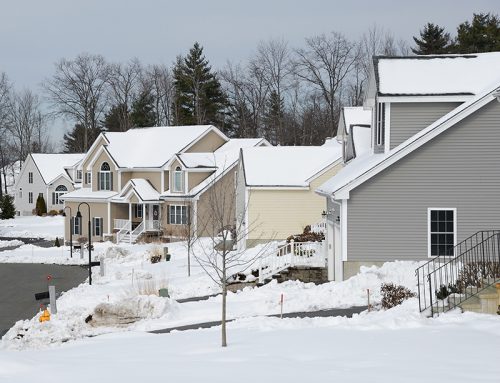 Another long and wonderful garden season is quickly coming to a close. There will still be a few decent weekends ahead for us to get out into our gardens and make sure we are helping them transition into the coming winter. Continuing to work in our gardens through the next month will ensure that we will have healthy vigorous plants come spring.
Another long and wonderful garden season is quickly coming to a close. There will still be a few decent weekends ahead for us to get out into our gardens and make sure we are helping them transition into the coming winter. Continuing to work in our gardens through the next month will ensure that we will have healthy vigorous plants come spring.
Start by turning off your irrigation zones that water your plants. A garden that is too wet going into the winter can cause root rot in many perennials and a few trees and shrubs. A good rule of thumb is to have the zones that water your beds turned off on October 1st. If you have just installed new plantings then keep the system running but adjust accordingly for any rainfall we might have. If you have older plantings and we have a dry spell, provide evergreens with supplemental water by hand watering so they go into the winter with a leg up on drying winter winds.
Next, cut back most, not all, of your perennials. Any perennial that looks ragged, is flopped over, or does not provide any late fall/early winter interest should be cut back. For example, A plant that provides no interest beyond this point is Leucantheum ‘Becky’ (Shasta Daisy) which should be cut back to about 6-8″ tall. That is the approximate height of the thick stand of foliage at the bottom of the plant. My Aster novae-angliae ‘Purple Dome’ looks unsightly right now. A combination of too much rain this year and not pinching it back in early summer left me with a plant that has flopped over. I will cut this back to 2-3″ giving that area a clean look. I mentioned not all perennials need cutting in the fall. Sedum ‘Autumn Joy’, Heuchera ‘Plum Pudding’ and Astilbes are a few examples of perennials I leave alone until the spring. The seed heads of the Sedums and Astilbes look good until a heavy wet snow crushes them to the ground. Occasionally you may find a Sedum or Astilbe that looks ragged and or rotted. If that is the case then certainly cut them back. Another group of plants I leave till spring are Ornamental Grasses. The look great until the snow covers them completely. Remember to add all of your clippings to your compost piles unless they contain a disease, then just discard.
Once you have cut back all of your perennials, remove any annuals you may have planted and add them to the compost pile. Now it is time to rake all of the leaves out of your bed. This will help decrease the chances of root rot. The leaves can be shredded and added to your compost pile. Shredded leaves spread 1″ thick can also be used next spring as organic mulch for your plants beds. You can use leaves to cover the bases of sensitive plants like Tea Roses or hydrangeas. If you do not wish to use them for gardening purposes then make a big pile you can play in for a day or 2 then get rid of them through your town/city leaf collection program. Once the leaves are removed from the ground, weed. Yes weed! Then go through and prune out any dead wood in your trees and shrubs. Most of this wood can be used as kindling for either your outdoor firepits and/or your indoor fireplaces this winter. In Late fall make sure you apply an anti-desiccant spray such as Wilt-Pruf to your evergreen plants. This will assist them in making it through the winter by reducing moisture loss. Be sure to read all directions thoroughly before applying any products to your plants.
Now your garden should be ready for winter. So put away the gardening tools, drive in your snow stakes, tune up the snow blower and wait, cause here he comes again…Old Man Winter!




